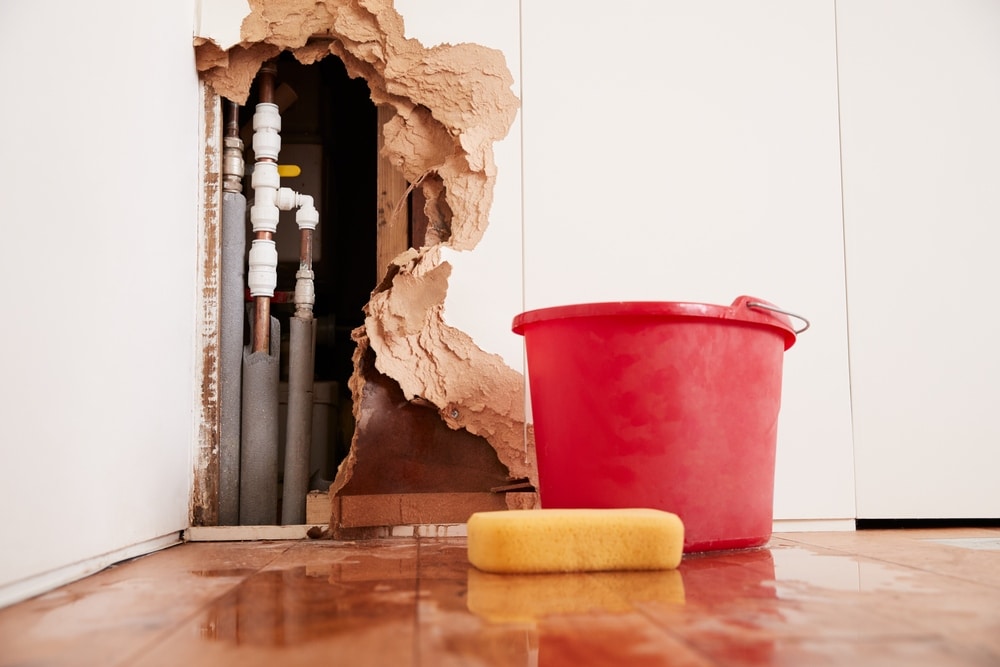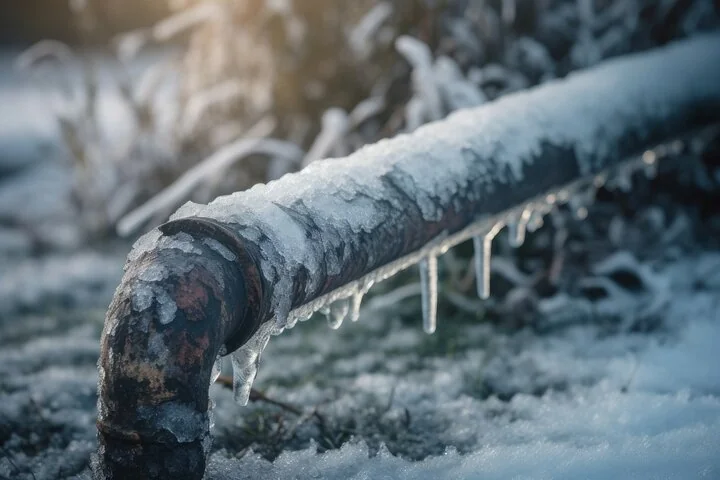Understanding the Causes of a Burst Pipe and How to Prevent It
Understanding the Causes of a Burst Pipe and How to Prevent It
Blog Article
Avoiding Burst Piping: Necessary Tips to Shield Your Pipes
Stopping burst pipes is an important issue for homeowners, particularly during chillier months when the threat of cold is increased. Implementing critical steps such as correct insulation, regular examinations, and maintaining constant interior temperatures can considerably decrease the possibility of pipe failure.
Understand Pipe Vulnerabilities
Comprehending pipeline vulnerabilities is essential for efficient pipes maintenance and preventing costly damages. A number of variables add to the vulnerability of pipes to bursts, including product structure, age, and environmental conditions. Older pipelines, especially those made from galvanized steel or polybutylene, typically degrade in time, resulting in boosted threat of tears and leaks.
Temperature level changes can likewise significantly influence pipe honesty. In chillier environments, water caught in pipelines can freeze, exerting and increasing stress on the pipe wall surfaces, which might eventually bring about a ruptured. High water pressure can stress pipes, particularly at joints and bends, enhancing the likelihood of failing.

Insulate Piping Effectively
Appropriate insulation of pipelines is essential for avoiding freezing and succeeding ruptureds during winter (burst pipe). Protecting your plumbing system efficiently safeguards versus temperature level goes down that can bring about costly damages. Begin by recognizing vulnerable areas where pipelines are subjected to outside temperatures, such as cellars, attic rooms, and exterior walls
Use foam pipeline insulation sleeves or cover insulation tape around these locations to give a protective barrier. Ensure that all sections of the pipelines, specifically those with minimal heat direct exposure, get adequate insulation. Pay unique attention to installations and joints, as these are a lot more at risk to freezing.
When insulating, it's important to select products that satisfy local building ordinance and are appropriate for the particular setting. For example, fiberglass insulation is typically recommended for its thermal resistance properties - burst pipe. Additionally, take into consideration utilizing warm cable televisions or tape in severe conditions, which can be connected in to provide extra heat
Consistently inspect shielded pipelines for any type of indications of wear or damage, as endangered insulation can diminish its performance. By taking these aggressive measures, you significantly lower the risk of pipe bursts, guaranteeing a dependable pipes system throughout the winter season.
Maintain Regular Temperature Level
A stable interior temperature is crucial for stopping ruptured pipelines during the cold months. When temperatures decline, water within pipelines can freeze, broadening and creating pressure that may ultimately trigger the pipelines to burst. To reduce this risk, homeowners need to keep a constant temperature level throughout their living space, ideally no less than 55 ° F(13 ° C)Making use of a programmable thermostat can assist manage interior temperature levels effectively, making certain that rooms with plumbing continue to be warm also when your home is unoccupied. Pay special attention to locations that are extra susceptible to cool, such as attic rooms, garages, and cellars. Keeping closet doors open under sinks can additionally browse around this site allow warmer air from the home to flow around plumbing.
This small flow of water can prevent cold by relieving stress within the pipes. By implementing these techniques, property owners can significantly lower the danger of pipeline bursts and safeguard their plumbing systems against the harsh winter elements.
Routinely Check Pipes
Regular examinations of pipes systems are important for avoiding ruptured pipes and keeping overall home stability. Throughout these inspections, it is important to examine noticeable pipelines for indications of corrosion, leaks, or use.
In addition, evaluating joints and links is important, as these points are frequently susceptible to leakages. House owners ought to additionally assess water pressure levels, as extreme pressure can strain the plumbing system and boost the danger of pipe bursts.
Consider scheduling expert plumbing inspections a minimum of as soon as a year, particularly before winter season, to ensure your system is gotten ready for chillier temperature levels. Regular assessments not only assist in identifying immediate concerns but likewise foster long-lasting maintenance methods that can boost the lifespan of your pipes system. By being aggressive in your strategy, you can secure your home against the expensive and disruptive effects of ruptured pipes. Prioritizing plumbing examinations is an investment in your house's health and wellness.
Know Emergency Situation Treatments
Understanding our website emergency situation treatments is crucial for each homeowner, specifically after conducting normal plumbing examinations. Being gotten ready for a pipes emergency situation can dramatically minimize damage and save expenses. Initially, situate your main water shut-off shutoff; it is usually found near the water meter or where the main line enters your home. Familiarize on your own with its procedure, as turning off the water system quickly can protect against comprehensive flooding.
Next, keep crucial tools handy. A plumbing emergency set must include a wrench, bettor, and towels, in addition to a flashlight and a container for small leaks. Furthermore, take into consideration having the call info for a relied on plumbing technician easily offered, must the situation rise past your control.
If you detect a leakage or burst pipe, immediately shut off the water and alert your plumbing professional. In addition, record the damage with pictures for insurance policy objectives. click for info burst pipe. Understand the signs of possible plumbing concerns, such as uncommon water stress fluctuations or damp areas on walls
Eventually, proactive expertise and swift action are important in taking care of pipes emergency situations, ensuring your home remains protected and reducing possible damage.

Conclusion
Finally, protecting against burst pipes necessitates a multifaceted approach that consists of understanding pipe vulnerabilities, appropriate insulation, preserving constant interior temperatures, regular evaluations, and expertise of emergency situation treatments. By applying these important approaches, the threat of pipes failings can be dramatically lowered, thus guaranteeing the longevity and effectiveness of the plumbing system. Positive steps not only protect against prospective damage yet likewise add to general water preservation and the security of residential property.
In colder climates, water entraped in pipes can freeze, exerting and increasing pressure on the pipe wall surfaces, which may eventually lead to a burst. When temperature levels decline, water within pipes can ice up, developing and increasing stress that might inevitably cause the pipes to burst. By executing these techniques, homeowners can dramatically minimize the threat of pipe ruptureds and guard their plumbing systems versus the extreme winter season aspects.

Report this page